In a world where trends ebb and flow like the tides, the fashion industry remains a vibrant playground of creativity and innovation. Each season unveils a tapestry woven with unexpected threads,where the interplay of tradition and modernity gives birth to designs that challenge our perceptions and ignite our imagination. From avant-garde silhouettes that defy logic to enduring textiles that marry elegance with eco-consciousness, the realm of fashion continually surprises and inspires.This article embarks on a journey through the innovative landscape of contemporary style,celebrating the unique creations and visionary minds that push boundaries and redefine what it means to wear one’s identity. Join us as we explore the bold and the beautiful, the quirky and the chic-where each stitch tells a story, and every outfit becomes an art form.
Exploring the Intersection of Technology and Fabric in Modern Design
As the boundaries between technology and textiles blur, a captivating array of innovations is redefining modern design. Smart fabrics are at the forefront of this revolution, seamlessly integrating electronics into wearable art. These materials respond to environmental stimuli, offering functionalities that range from temperature regulation to moisture management. Some of the most exhilarating advancements include:
- Conductive threads: Enabling garments to connect to devices, creating interactive fashion.
- Biodegradable fabrics: merging style with sustainability, ensuring eco-pleasant options for consumers.
- 3D-printed textiles: Offering designers new means of expression and creating structures previously deemed impossible.
The impact of these innovations extends beyond mere aesthetics; they invite consumers to participate in the creation process, driving a sense of ownership and engagement. For example, customizable smart shoes that adapt to the wearer’s foot structure present an exciting new frontier in personal comfort and style. An insightful comparison of traditional textiles and their modern counterparts showcases this evolution:
| Attribute | Traditional Textiles | Modern Smart Fabrics |
|---|---|---|
| Functionality | Primarily aesthetic and protective | Adaptive and responsive |
| Production | Labor-intensive | Incorporates automation and digital design |
| durability | Variable based on material | Enhanced through innovative polymers |
this blend of technology with fabric not only enriches the design process but also redefines user experiences, proving that the future of fashion lies at the intersection of innovation and imagination.
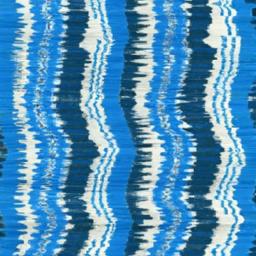
Sustainable Fabrics: Pioneering Eco-Friendly Innovations in Fashion
As the fashion industry continues to evolve, a wave of innovative, sustainable fabrics is leading the charge toward a greener planet.Designers are now embracing materials that not only reduce environmental impact but also challenge the traditional perceptions of fabric quality and design. Some of the most exciting developments include:
- Bamboo Fabric: Sourced from a renewable resource,bamboo fibers are soft,breathable,and naturally antimicrobial.
- Recycled Polyester: Made from post-consumer plastic bottles, this fabric diminishes waste while offering durability and style.
- Tencel Lyocell: Derived from sustainably sourced wood pulp, this biodegradable fabric uses eco-friendly processes that minimize water and chemical usage.
- Organic Cotton: Grown without synthetic pesticides or fertilizers, it supports healthier ecosystems and safer farming conditions.
Beyond these materials, groundbreaking techniques are also emerging, redefining sustainability in fashion. Companies are employing innovative approaches such as:
- 3D Knitting: Creating garments from a single piece of fabric, this method significantly reduces waste by producing only what is necessary.
- Biodegradable textiles: Fabrics made from components like cornstarch and other natural fibers decompose easily, leaving no harmful residues behind.
- circular Fashion: An emerging model that prioritizes recycling and reusing materials,allowing garments to live multiple lives while reducing landfill waste.
| fabric Type | Source | Environmental Benefit |
|---|---|---|
| Bamboo | Renewable bamboo plants | reduces chemical use; biodegradable |
| Recycled Polyester | Used plastic bottles | Reduces plastic waste |
| Tencel Lyocell | sustainable wood pulp | Closed-loop production process |

The Role of Cultural Heritage in Shaping Contemporary Style Trends
The intricate tapestry of contemporary fashion is woven with threads of cultural heritage, which serve as both a foundation and a wellspring for innovation. Designers today skillfully blend traditional motifs, techniques, and materials with modern aesthetics, resulting in collections that not only pay homage to the past but also challenge the status quo. The influence of diverse cultures manifests in myriad ways, such as:
- Textile Techniques: Weaving practices from Indigenous communities or tie-dye techniques from West Africa inspire novel fabric formulations.
- Pattern and Color: The vibrant textiles of Asia or intricate patterns from Latin America bring a fresh perspective to contemporary silhouettes.
- Embroidery Styles: Hand-stitched details reminiscent of cultural ceremonies are reimagined for luxury fashion statements.
As fashion evolves,it recognizes and respects the significance of storytelling through these heritage influences. Collections often feature elements that evoke a cultural narrative, creating an emotional resonance with the audience. For example, today’s runways showcase:
| Collection | Cultural Influence | Notable Features |
|---|---|---|
| Spring/Summer 2023 | Japanese Minimalism | Flowing lines, muted colors |
| Autumn/Winter 2023 | Indian Textile Heritage | Rich embroidery, vibrant hues |
| Resort 2023 | African Print Revival | Bold patterns, layered textures |
Through this dynamic exchange and reinterpretation, the fashion world not only sustains its forward momentum but also nurtures an thankfulness for the narratives embedded in the cultural artifacts of yesteryear. As avant-garde designers draw inspiration from historical contexts, they ignite a collaborative spirit that honors both tradition and modernity, ensuring that heritage remains a vital part of the narrative of contemporary style.
The Conclusion
As we close the chapter on this exploration of unique fashion innovations, it becomes clear that the world of style is a boundless canvas, painted with the strokes of creativity and unexpected ideas. Each season, designers challenge our perceptions, merging art with function, cultural narratives with modernity. from bold silhouettes to sustainable materials, these innovations push the boundaries of what fashion can be, inviting us to celebrate individuality and imagination.
By remaining open to the unexpected, we find not just inspiration, but also a deeper connection to the stories woven into the fabric of our lives. So, as we step forward into the ever-evolving realm of fashion, let us keep our eyes wide open, ready to embrace the surprises that await us. The journey is not only about what we wear but about how we express who we are-a festivity of innovation that continually reshapes our understanding of beauty. In this vibrant tapestry of creativity, every thread counts, and every style tells its own unique story.



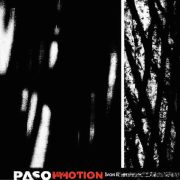


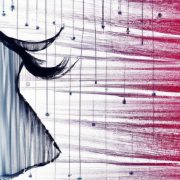




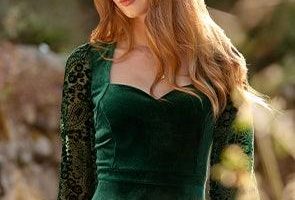



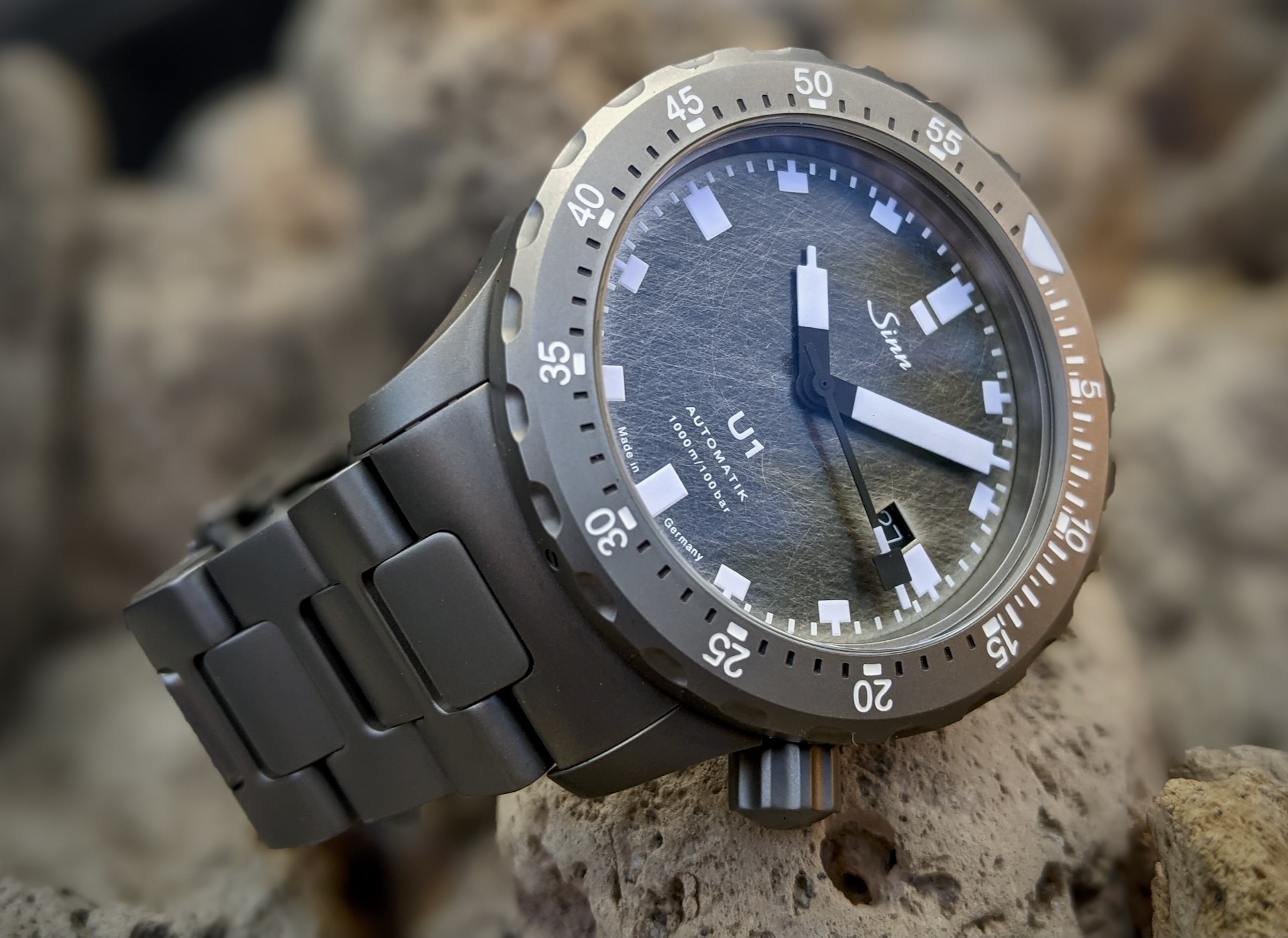


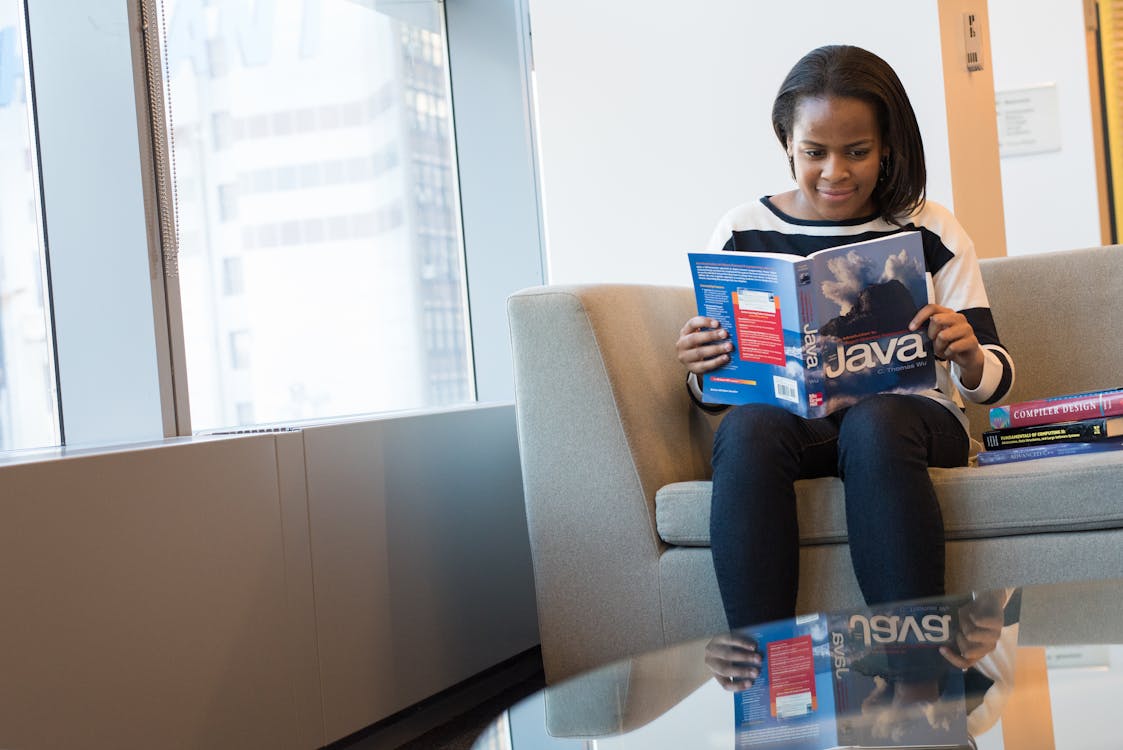

Comments